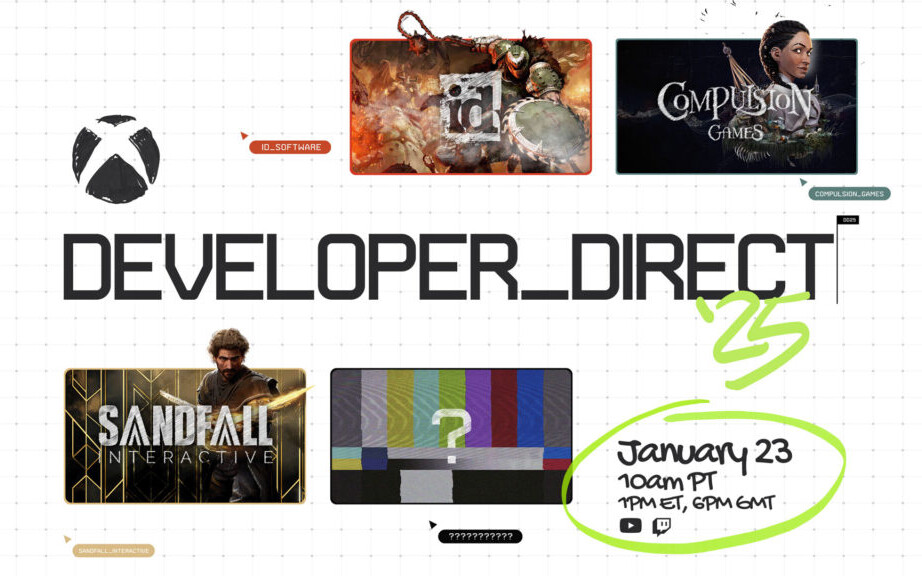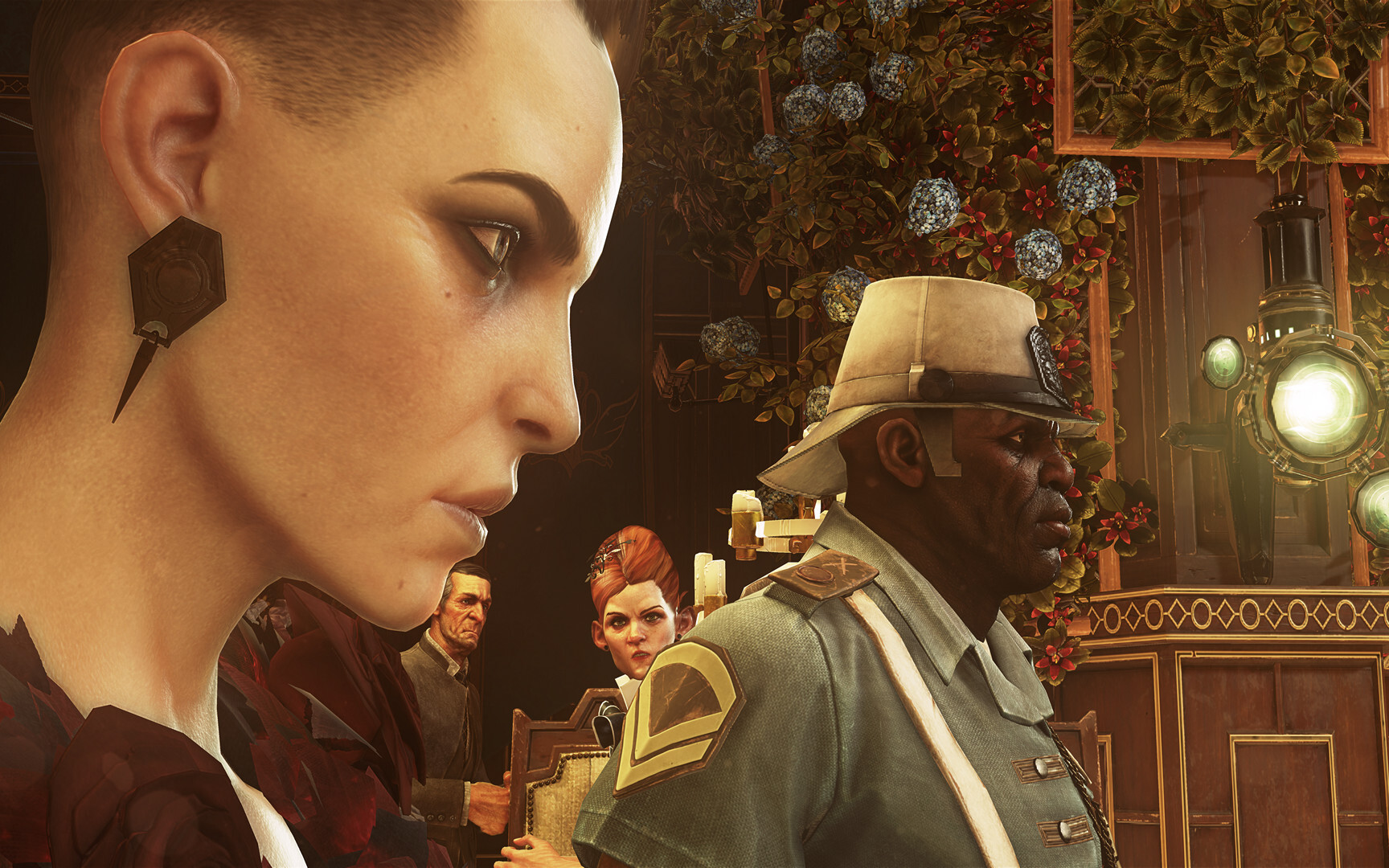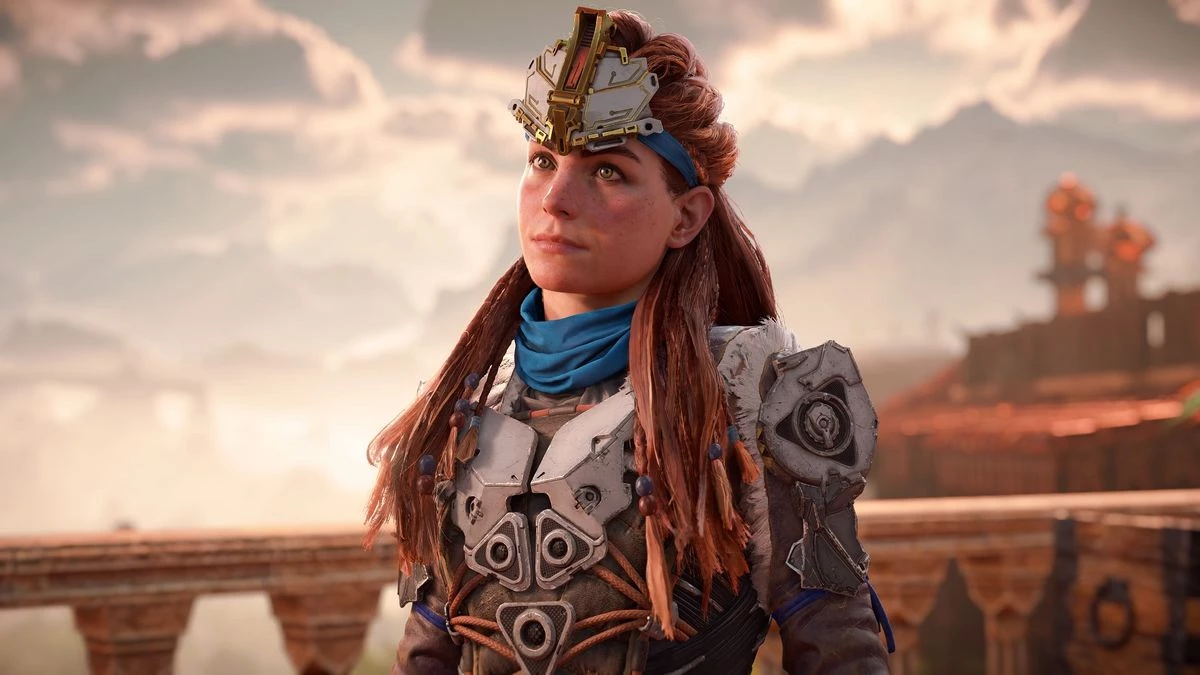He may be faster than a speeding bullet and able to leap tall buildings in a single bound, but the world’s first superhero has yet to star in a good video game. For a while, this dismal state of affairs made sense — and erstwhile Superman got a reputation for being a part of the “worst game of all time,” it became a curse that’s been impossible to shake.
This week on Polygon, we’re exploring how superheroes are dominating not just comics and movies, but all media, in a peculiar issue called Superculture.
Still, it’s been decades since Superman 64. You’d think that the renaissance of superhero media that began in the aughts would, by this point, have generated a Superman game that’s a clear success. Instead, we’ve gotten a string of messy production cycles on big-budget games that belie an ongoing universal truth: It’s damn hard to tell a Superman communicative of any kind. Nailing an interactive one? You might have a better chance of stopping a tornado.
The hunger for a fresh Superman game is there, though; just look at the reception to a humble task released in 2022. Following the release of Unreal Engine 5, game developer Tyson Butler-Boschma wanted nothing more than to fly around the “next-gen” city Epic Games built to show off the fresh engine. Superman seemed like an apparent choice for the occupation — and footage of the diversion instantly went viral on social media. On YouTube alone, a video of his Superman gliding across a metropolis has been viewed millions of times. The reception to the demo was so positive, scammers stole his work and sold it on Steam.
“If this was done by 1 individual I can’t imagine what a full studio can do,” 1 YouTube commenter wrote. “Come on WB give us a Superman game.”
Speaking to Polygon, Butler-Boschma says he knows that part of what made his work so tantalizing is that people can’t turn to a modern Superman game — so they’ll take the next best thing.
“We have Batman, Spiderman, but the OG is nowhere to be found,” Butler-Boschma says. “So erstwhile I, as a single dev, release something that looks like it was built by 100’s of people with advanced production value, it naturally causes quite a few conversation about why we haven’t seen a game like this from a prolific AAA studio, especially if 1 random dude can do it?”
There have been attempts, of course, but all of them have fallen short of delivering a definitive Superman experience. The first crack came out in 1979 for the Atari 2600, and to its credit, the game offered many of the critical elements essential for a good Superman game. The player controls Clark Kent, who begins the adventure by climbing out of a telephone booth with a cape in tow. From there, Superman can soar through the skies of Metropolis in the name of stopping Lex Luthor’s latest evil scheme. While the Man of Steel’s toolset is limited, the player can pop on his X-ray imagination to look ahead. If the player falters, Lois Lane can pop in to revive Superman. On paper, it’s all solid. The major figures are there; players can fly. But a retro game that came out before the advent of side-scrolling or 3D worlds can only go so far, especially with graphics that are fundamentally a series of crude rectangles. The main indicator that this is simply a Superman game lies in the game’s cover art; otherwise, you request to read the manual to realize what’s going on.
A fistful of games followed, and while the underlying technology improved from game to game, the same big-picture issues plagued these early Superman titles. Rudimentary graphics couldn’t capture the full glory of our large Blue Boy Scout, and the limited available memory made it hard to include any kind of sophisticated gameplay. Superman was frequently flying, but this power didn’t feel peculiarly thrilling erstwhile the player was relegated to static, flat worlds. It wasn’t until 1989’s Superman: The Man of Steel that the planet started to get a glimpse of what a game worthy of the Last boy of Krypton could look like. Sections with overhead vertical scrolling imbued flying with a sense of velocity and freedom.
Ensuring that flight instills awe in the player, Butler-Boschma says, is an essential component essential for any top-of-the-line Superman game — and likely why people responded so well to his depiction in 2022.
“That sense of wonder, much like the first Christopher Reeve Superman tagline ‘You’ll believe a man can fly’ — all the best moments can be those quiet ones erstwhile Clark is flying over the city,” he says.
That aside, 1989’s large Superman game was a disjointed mishmash that was a far cry from the open-world sandboxes modern audiences anticipate now.
Things started ramping up for the Man of next day in 1992’s Superman for the Sega Genesis. Advances in pixel art allowed for the most lush depiction of Superman to that point, complete with bulging muscles and a flowing, graceful cape. The beat-’em-up action besides offered, by far, the best combat of any Superman game at the time.
But while the more basic interactive elements started to take shape, Superman games started having to contend with the much more hard “Superman problem.” It’s 1 that’s plagued all Superman creatives, and a dilemma that’s further complicated erstwhile you effort and solve it via game mechanics.
Save for 1 key weakness, Superman is fundamentally invulnerable. How do you make a convincing enemy or intriguing communicative hook out of that? As Butler-Boschma tells it, Superman’s might is 1 of the key conundrums facing any game developer who takes on a game.
“Superman can be daunting. I realize this, especially if we consider there was a time erstwhile his sneeze alone took out half a galaxy,” he says. “It’s a ludicrous power level, so how could a plan squad even manage that much power, while making the game fun? It’s a tough question.”
In the case of movies and comic books, the best Superman stories home in on abstract issues that would defy anyone regardless of what powers they have. Think about things like relationships, family, or history. In these stories, villains and threats may abound, but they aren’t necessarily the reasons people tune in.
But in a modern AAA video game, which is expected to supply dozens of hours of gameplay, “action” is the verb of preference. This reality isn’t necessarily incompatible with telling a story; Marvel’s Spider-Man threads this needle ingeniously. Spider-Man fights hundreds of foes throughout the course of the experience, but notably, he never kills anyone. Instead, enemies are frequently shown tied up in webs, which keep them tight until the police arrive. A clever game could theoretically come up with something akin so that Superman could fight many people without compromising his morals, but so far, it’s a puzzle nobody has solved — including the squad behind the last big-budget game, 2006’s Superman Returns.
It may be amazing to skip over Superman 64 and Titus Interactive, given its notorious fumble with bringing the hero to life. But the reality is that the issues at the heart of Superman 64 are ordinary, especially erstwhile it comes to licensed games. Eric Caen, a maker on the game, erstwhile noted in an interview that Titus frequently found itself fighting against brand restrictions imposed by DC. Superman was not, for example, to be shown fighting real people. The back and distant to get things approved, meanwhile, complicated what was already an overly ambitious imagination for the game. “It is not even 10% of what we intended to do, but the licensor killed us,” Caen said in 2011. This kind of IP quandary is so common that we’ve only started to see exceptions to the rules in fresh years. “I don’t think it is easy to deliver even a condition of players’ expectations, and we were most likely besides ambitious and a bit presumptuous at that time… but its terrible reputation is exaggerated mainly due to the fact that Superman is an icon!” Caen contended.
Returns had akin stumbles, but they had little to do with the larger brand and more to do with unrealistic expectations of gathering the classical Superman problem. At the time, EA signed on to make the game to release in tandem with the 2006 movie. A publisher with EA’s resources likely seemed like a good match for something like Superman, but things went awry before improvement even began. For whatever reason, EA decided to put the game on the shoulders of EA Tiburon, a studio that, up until that point, was mostly known for making Madden. Suddenly, Tiburon was expected to make the world’s first open-world Superman game.
Few things went according to plan. The studio threw besides many artists at the project, who produced a film’s worth of cinematics for the game — only for it to be released with 15 minutes of said footage. Worse, due to the fact that the movie wasn’t out yet, the squad had small to work off of. WB initially declined to share the script out of fear of leaks. erstwhile Tiburon yet got a copy, it was a single script that the full studio had to share until WB took it with them at the end of their meetings together. It was a production nightmare that was worsened by the fact that the movie didn’t have much action to begin with. Never head that DC was stringent about Superman’s brand, urging the studio that it could not make anything that implied Superman was, at any point, hurting innocent civilians.
“I can’t aid but miss the game it was imagined to be in the beginning”
“You gotta build scenarios where it’s rewarding to be good,” Dana Kurtin, the individual behind DC’s brand strategy, said in a 2017 Polygon story that detailed what went incorrect with the game’s development. “Most video games are about being rewarded for kicking the crap out of everything.”
Despite all these hurdles, Superman Returns did have a glimmer of ingenuity to it. In the game, Superman is naturally invincible — but the city itself isn’t.
“It’s hard to remember which things Superman Returns did well, as the dev cycle was so plagued by changes in direction and quite a few things were done so last minute,” says Laura Davila, an environmental artist who worked on Superman Returns. “However I do think the game did a comparatively decent occupation of making you feel super — you as Superman were rather virtually in charge of Metropolis’s health, and it felt super cool to fly so fast. The game besides had any reasonably fun sandbox elements specified as being able to take the regular planet globe and throw it like a giant baseball. The city felt huge, and had to be immense in order to incorporate Superman’s super speed.”
Despite this approach to the video game version of the Superman problem, the game fell short of expectations. An IGN review called it the best Superman game yet — but besides 1 of the most disappointing ones. In a way, it was a sentiment shared by the very people who made the game.
“I can’t aid but miss the game it was imagined to be in the beginning. […] It was much more comic-styled and incorporated quite a few unique elements and enemies before WB had us pivot the imagination of the game to fit more with the movie,” Davila says.
While nothing has been announced regarding another effort at making a Superman game work, there’s any origin for hope. There’s a Superman movie on the horizon, which is coinciding with WB’s push to maximize the video game presence of its properties. In the wake of Hogwarts Legacy’s massive success, the company knows that creating a good video game that captures the spirit of a brand can be lucrative. Plus, it’s not as if Superman has been completely absent from the planet of games, as evidenced by appearances in fresh games like Suicide Squad: Kill the Justice League (which, notably, did not match Hogwarts Legacy’s success).
So while the appetite may be there, it might besides be a while before anyone delivers the eventual Superman game experience. Even James Gunn, who is directing the upcoming film, admits that for years, he was wary of taking on a character as storied as Superman. And as tempting as it is to point to Marvel’s successful stewardship of superhero games, a theoretical Superman game would be on a totally different playing field. Insomniac Games, for instance, has been making Spider-Man games since 2014 — and even then, it built upon what another studios had been doing for decades prior — to the point that its games now act as technical showcases that validate the purchases of costly gaming consoles. That means that the latest video game iteration of Peter Parker has a crucial head start over a studio attempting to solve the Superman problem.
Superman inherently would be held to a different standard, especially after specified a prolonged absence and a past of failures. And unlike many Marvel superheroes, Superman’s legend is synonymous with American identity. The stakes of any high-profile depiction of Superman are almost impossibly high.
“I think a truly spectacular Superman game would gotta nail that delicate tonal balance of feeling super strong, but besides be able to get down to a regular human’s level and make the player truly care about protecting the average citizen,” Davila says. “They would gotta construct a planet that doesn’t feel arbitrarily huge, but inactive feels massive adequate for individual like Superman to play around in. possibly it’s just never going to be possible with anything another than an on-the-rails experience but possibly I’m wrong. possibly in this day and age we can craft a sandbox experience that can account for all the demolition essential for a large Superman battle, but inactive have quite a few intimate, cinematic moments. Who knows?”


![[TYLKO U NAS] Tormentum II żyje i wielkimi krokami zmierza do debiutu](https://images.gram.pl/news/sixh20250109210225884qufh.jpg)
















